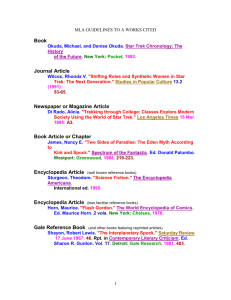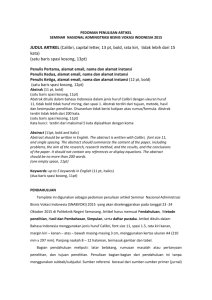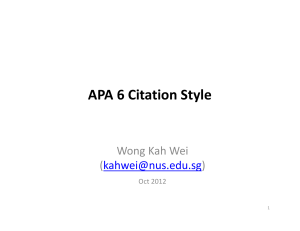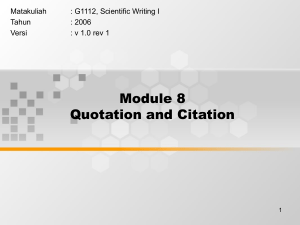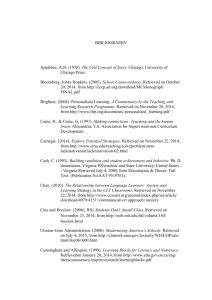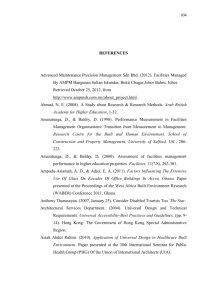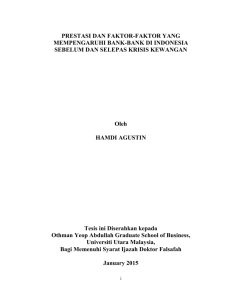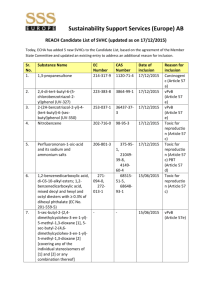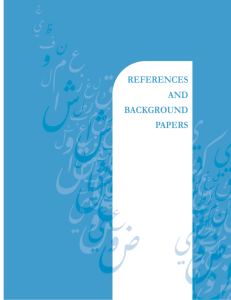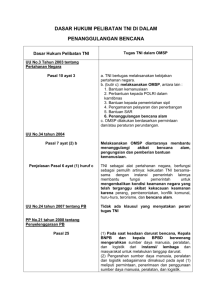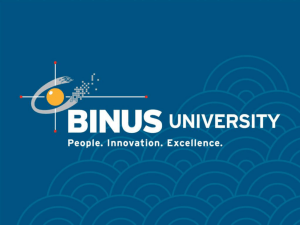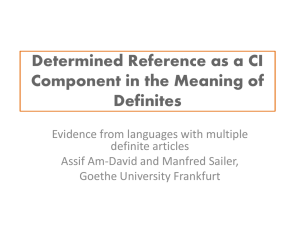APA Cheat Sheet
advertisement
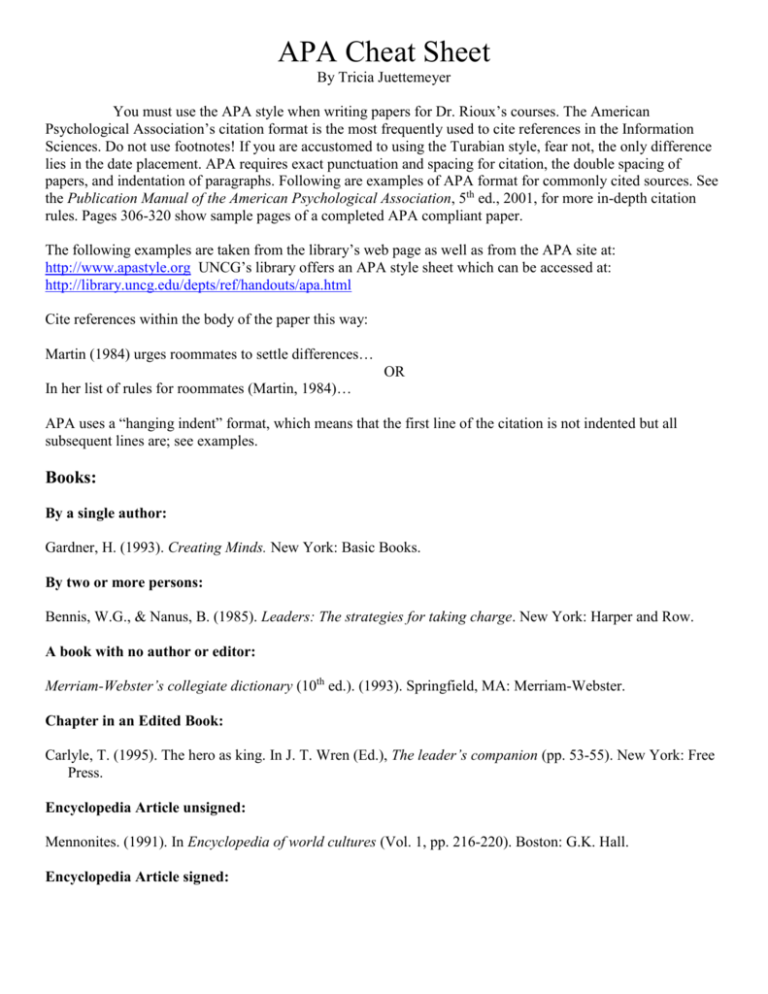
APA Cheat Sheet By Tricia Juettemeyer You must use the APA style when writing papers for Dr. Rioux’s courses. The American Psychological Association’s citation format is the most frequently used to cite references in the Information Sciences. Do not use footnotes! If you are accustomed to using the Turabian style, fear not, the only difference lies in the date placement. APA requires exact punctuation and spacing for citation, the double spacing of papers, and indentation of paragraphs. Following are examples of APA format for commonly cited sources. See the Publication Manual of the American Psychological Association, 5th ed., 2001, for more in-depth citation rules. Pages 306-320 show sample pages of a completed APA compliant paper. The following examples are taken from the library’s web page as well as from the APA site at: http://www.apastyle.org UNCG’s library offers an APA style sheet which can be accessed at: http://library.uncg.edu/depts/ref/handouts/apa.html Cite references within the body of the paper this way: Martin (1984) urges roommates to settle differences… OR In her list of rules for roommates (Martin, 1984)… APA uses a “hanging indent” format, which means that the first line of the citation is not indented but all subsequent lines are; see examples. Books: By a single author: Gardner, H. (1993). Creating Minds. New York: Basic Books. By two or more persons: Bennis, W.G., & Nanus, B. (1985). Leaders: The strategies for taking charge. New York: Harper and Row. A book with no author or editor: Merriam-Webster’s collegiate dictionary (10th ed.). (1993). Springfield, MA: Merriam-Webster. Chapter in an Edited Book: Carlyle, T. (1995). The hero as king. In J. T. Wren (Ed.), The leader’s companion (pp. 53-55). New York: Free Press. Encyclopedia Article unsigned: Mennonites. (1991). In Encyclopedia of world cultures (Vol. 1, pp. 216-220). Boston: G.K. Hall. Encyclopedia Article signed: Corey, G. (1994). Self-esteem. In Encyclopedia of psychology (Vol. 3, pp. 369-370). New York: Wiley. Government Documents: The Department of Education. (1989). Youth indicators 1988: trends in the well-being of American youth. Washington, DC: Author. Journal Articles: Journal Article with Continuous Pagination: Baptista, L. F. (1984). Song learning in the anna hummingbird. Ethology, 84, 15-26. Journal Article (scholarly journal that pages each issue separately: Hall, D. T. (1990). Promoting work/family balance. Organizational Dynamics, 18(3), 5-18. Newspaper Articles: Author: Di Radio, A. (1995, March 15). Trekking through college: Classes explore modern society using the world of Star Trek. Los Angeles Times, p. A3. No Author: Don’t blame the U.N. (1995, October 25). The Wall Street Journal, pg. A22. E-Resources and the Internet: Full Text Article in a Database: Mates, B. F., & Strommen, L. (1995). Why Ernie can’t read: Sesame Street and literacy. The Reading Teacher, 49 (4), 300. Retrieved September 5, 2001 from the InfoTrac Expanded Academic Index. Internet articles based on an exact copy of a print source: VandenBos, G., Knapp, S., & Doe, J. (2001). Role of reference elements in the selection of resources by psychology undergraduates [Electronic version]. Journal of Bibliographic Research, 5, 117-123. Internet articles that are not an exact duplicate of a print source (e.g. no page numbers): VandenBos, G. Knapp, S., & Doe, J. (2001). Role of reference elements in the selection of resources by psychology undergraduates. Journal of Bibliographic Research, 5, 117-123. Retrieved October 13, 2001 from http://www.jbr.org/articles.html Article in an Internet-only journal: Fredrickson, B. L. (200, March 7). Cultivating positive emotions to optimize health and well-being. Prevention & Treatment, 3, Article 0001a. Retrieved November 20, 2000, from http://journals.apa.org/prevention/volume3/pre0030001a.html Article in an Internet-only newsletter: Glueckauf, R. L., Whitton, J., Baxter, J., Kain, J., Vogelgesang, S., Hudson, M., et al. (1998 July). Videocounseling for families of rural teens with epilepsy – Project update. Telehealth News 2(2). Retrieved from http://www.telehealth.net/subscribe/newslettr4a.html11 Stand-alone document (i.e. website), no author identified, no date (non-periodical): GVU’s 8th WWW user survey. (n.d). Retrieved August 8, 2000, from http://www.cc.gatech.edu/gvu/usersurveys/survey1997-10/ Document available on university program or department website: Chou, L., McClintock, R., Moretti, F., Nix, D. H. (1993). Technology and education: New wine in new bottles: Choosing pasts and imagining educational futures. Retrieved August 24, 2000, from Columbia University, Institute for Learning Technologies Web site: http://www.ilt.columbia.edu/publications/papers/newwine1.html Secondary Sources: Citation of a Work Discussed in a Secondary Source: Example of a text citation: Glasser’s study (as cited in Ellis, 1999) Reference list entry: Ellis, A. (1999). Rational Emotive Behavior Therapy as an internal control psychology. International Journal Of Reality Therapy, 19(1), 4-11. Personal Communication (interviews, e-mails, classes, lectures, etc.): Because they do not provide recoverable data, personal communications are not included in the Reference list. Cite personal communication in text only. Give initials, surname of the communicator, and provide as exact a date as possible: (N. Schwartz, personal communication, April 1, 2001).
